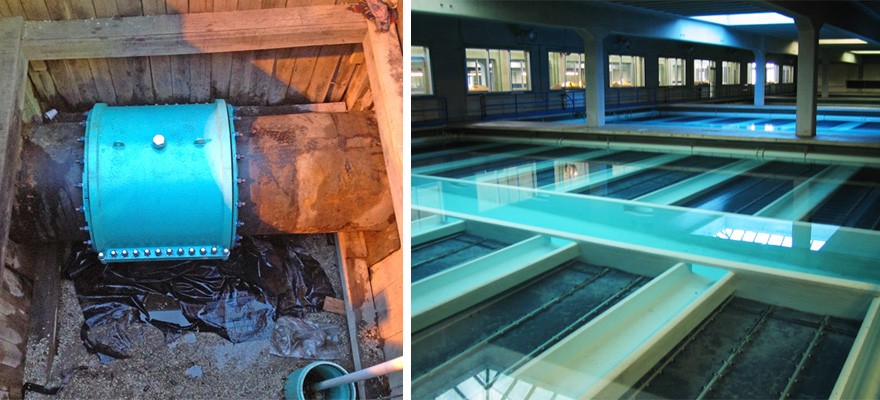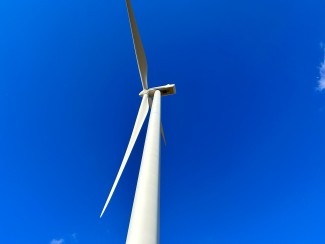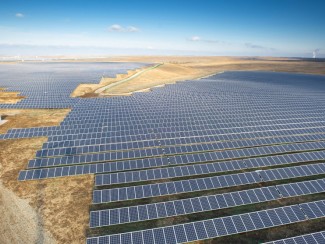
In January 2015, the U.S. Environmental Protection Agency (EPA) estimated that a staggering $2.6 billion worth of treated drinking water is lost each year due to leaking water mains and approximately 240,000 main breaks. To address this problem, the agency proposed that more than $600 billion be invested in water infrastructure improvements over the next 20 years.
These numbers don’t surprise Greg Harrington, professor of civil and environmental engineering at the University of Wisconsin–Madison and expert on our drinking water infrastructure. Harrington knows better than most people the importance of the public water utility, and the tremendous role it plays in keeping everyone safe.
In 1993, more than 400,000 Milwaukee residents got sick from drinking their tap water due to an outbreak of the parasite Cryptosporidium. The largest known waterborne disease outbreak in U.S. history, this incident spurred an investment of $89 million in upgrading the city’s water treatment plants during the next five years.
Wisconsin’s water utilities became leaders in the nation in implementing new water treatment technologies.
Greg Harrington
Harrington conducted research on new water treatment technologies in the aftermath of Milwaukee’s Cryptosporidium outbreak, and says that “Wisconsin’s water utilities became leaders in the nation in implementing new water treatment technologies.”
But the EPA’s concerns about infrastructure are also Harrington’s. Water treatment technology is important, but upgrading the water delivery grid is equally as important, both for public health reasons and for conserving energy.
Many of the nation’s water pipes were either installed more than a century ago or right after World War II. Leakages or water main breaks are one consequence of the deterioration, or corrosion, of these pipes since then.
“The more corroded a pipe is, the more likely it is to break,” Harrington says. “The material they used for pipes in the 1940s tends to break the most.”
But another consequence involves public health: Even if old pipes don’t break, they might contaminate the water they carry.
Up until the 1950s, lead was a commonly used material for service lines, or pipe sections that connect the water main to a consumer’s home. The corrosion of these lead service lines may result in dangerous levels of lead leaching into drinking water, which can cause irreversible brain damage in children.
Many utilities have employed chemical corrosion control to reduce lead leaching, but Harrington says the best long-term solution to this problem is replacing all lead service lines with newer pipes made of plastic or copper.
Since both water treatment and water pumping require substantial energy, one of the best ways for water utilities to conserve energy is to minimize water loss by upgrading the water delivery grid.
But Harrington also emphasizes that a utility’s energy use for water quality assurance and infrastructure maintenance is a fixed expense unrelated to the amount of water delivered to a home. Since this expense has to be recovered from monthly water bills, a 50 percent decrease in a customer’s water use may not translate to a 50 percent decrease in their water bill.
“There is a lot of customer education that has to take place,” Harrington says.
Harrington discussed future challenges for water utilities in more detail in his talk entitled “Energy Usage of Drinking Water Infrastructure” as part of the Wisconsin Energy Institute’s “Sustainable Energy Seminar Series.”





